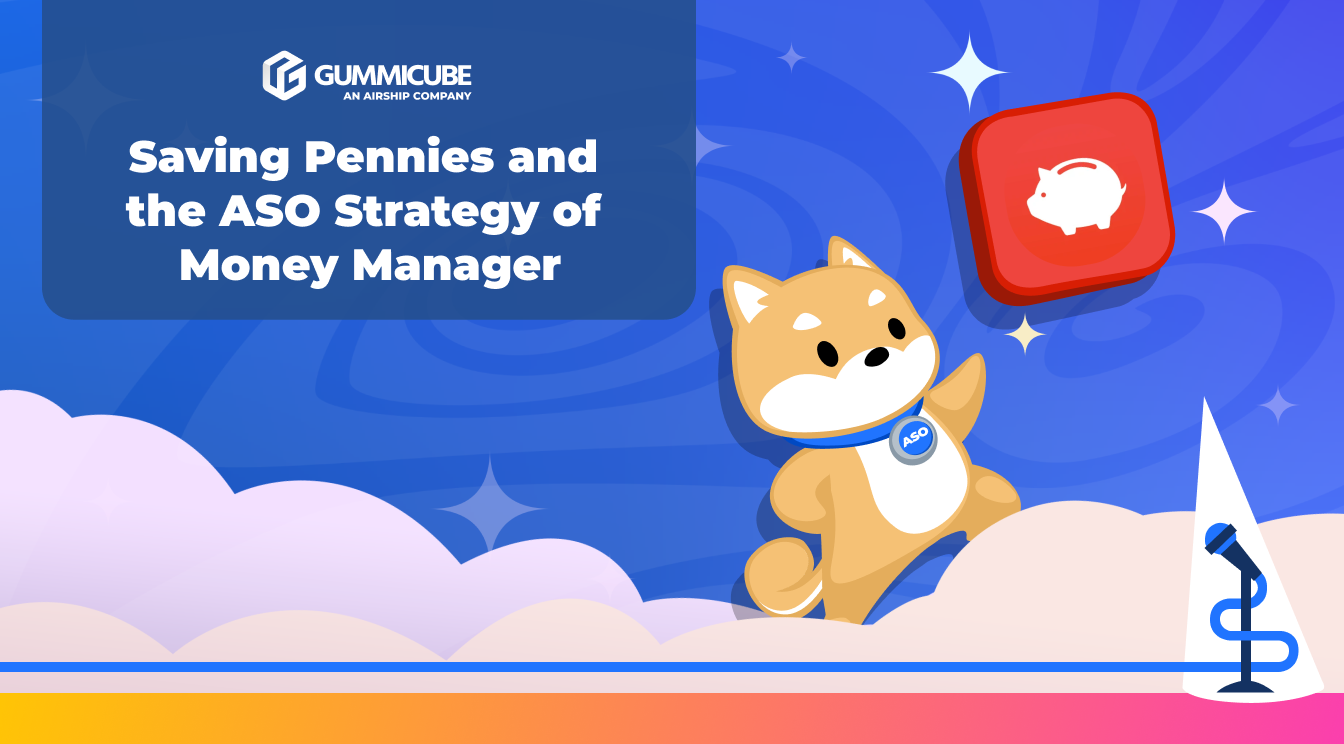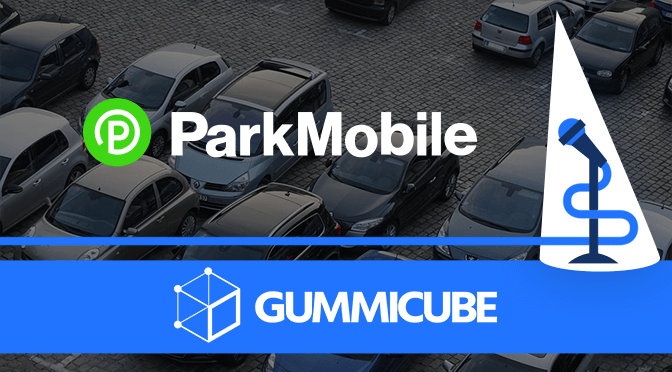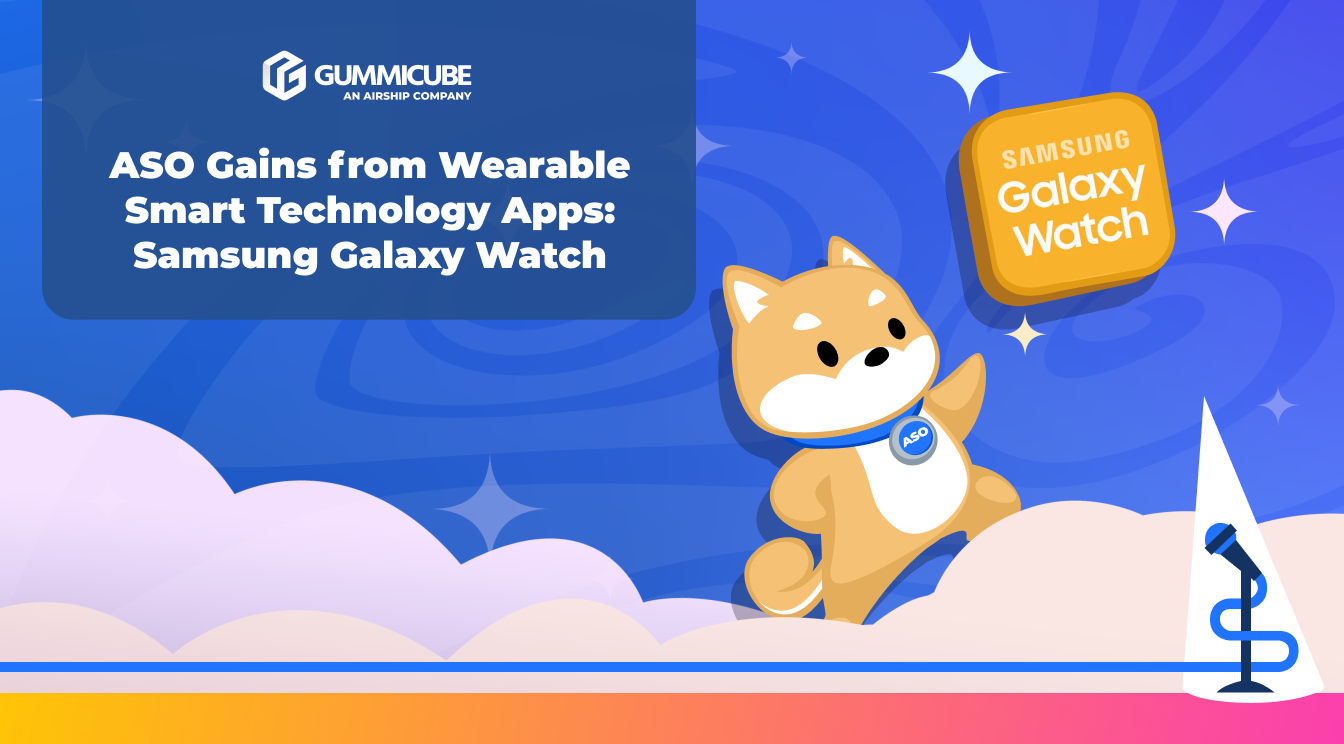
Saving Pennies and the ASO Strategy of Money Manager
Posted on December 23rd, 2025
Small changes in Money Manager's ASO execution could result in a boost in visibility and conversion rates. Read more to see where they can improve.

ParkMobile is an app designed to help users find, save and pay for parking spots. It can help users ensure they’ll have a good spot to park, but is its App Store Optimization strong enough to ensure it a good spot in the App Store and Play Store search results? For this week’s App Store Spotlight, we take a look at ParkMobile and see if its ASO is driving it to the top.
On the Apple App Store, ParkMobile is ranked third in the Navigation category. It’s the first app in searches for “find parking,” “mobile parking,” “park app” and several similar parking terms. It’s also the second highest app for competing parking apps, such as “ParkWhiz” and “Spot Hero.” Its ranking only begins to get lower for navigation-specific terms, such as “navigation apps” at #14, or certain parking terms for apps like “parking king” (#22) or “parkme parking” (#14). Overall, it maintains high rankings for several important parking keywords.
Creatives: ParkMobile’s icon uses a brand icon – a white P within a circle on a green background. This iconography provides the app with an identifiable design, which is reflected in its screenshot designs. The same green color is used in every other screenshot image, alternating with a matching blue shade.
The screenshots themselves are primarily focused on the maps of parking lots. But it does alternate the imagery with screenshots showing how it can reserve spots or alert users when their parking time is about to expire. Each one is accompanied with large text calling out the features immediately.
ParkMobile uses six of the ten screenshots the App Store allows. It could use the remaining four to show more features, such as the “Find Your Car” feature or navigation, but the overall design of the screenshots it uses are solid.
Title & Subtitle: The app’s full name is “ParkMobile – Find Parking.” This uses 25 of the 30 characters the App Store allows, while providing information about the app’s function and adding more keywords it can index for. While it does have space for five more characters, there are limited options for what else it could fit.
The subtitle, “A Smarter Way to Park,” is a good tagline for branding purposes but not for App Store Optimization. While it does help the app index for “park” terms, including “park smarter” at #2, it ends up indexing for irrelevant searches such as “the way” (#8) “ways” (#41) and “smarter agent” (#10). Additionally, it only uses 21 characters. It could rework the subtitle to be more keyword-focused while utilizing all 30 characters, which could improve its indexation while still providing information about the app to users.
Description: ParkMobile’s description starts off with a lengthy paragraph, which is difficult to read in full on a mobile device. Users will tend to skip over longer blocks of text, so they’ll miss the information within it.
The paragraph could be easily broken into smaller paragraphs. There’s no need to include a list of cities it’s available for in the first paragraph; that would be better served as a smaller line further down into the description.
It does utilize bullet lists to describe parts of the app, which is good for ease of reading. The description could take this a step further and use multiple lists for the features, instead of just “Why Use ParkMobile,” “How It Works” and “App Features.” For instance, it could use different feature sets to describe how it helps find parking, manage parking, find your car, the various payment methods, and so on.
On Google Play, ParkMobile is the top-ranked app for terms like “parking app,” “pay parking” and “city parking.” It’s also in the top five for parking terms like “find parking” and “pay by phone parking,” as well as city-specific parking like “SF parking” and “park Chicago.” While it does offer a “find my car” feature, it only ranks as #27 for that term, and comes in at #32 for “parking free.”
Creatives: The icon remains the same on Google Play and iOS, maintaining a sense of brand and identity across both devices. Similarly, the screenshots are nearly identical, although the Google Play creative set shows an Android handset instead of an iPhone.
The big difference between the store listings is the video on Google Play. The video is a minute and 22 seconds long and features a narrator telling users how the app works and what it has to offer. While the visuals are effective at providing information, the video should provide an overview and the benefits; instead it goes into too much detail about the registration process and each step required to use the app. A video that’s shorter and more to-the-point would be better at intriguing users and encouraging them to download the app. While instructional videos are good for helping confused users and mitigate negative reviews, they also need to follow ASO best practices.
Description & Metadata: The description for ParkMobile is identical across both stores. While paragraphs can be slightly longer than 1-2 lines on Google Play, ParkMobile could still break its introductory paragraph into smaller lines by order of importance, rather than trying to present them all in the first paragraph.
As with iOS, the bullet lists are good for presenting information quickly, although the feature list could be broken into more specific sets. Each feature, bullet point and line should begin with a keyword, which ParkMobile does for the most part. Several lines begin with terms like “Parking Reservations” and “Parking Availability” to reinforce its “parking” keyword.
There are still some lines where it could work in the keywords more. For instance, when it says, “get alerts so you know when your parking session is going to expire,” it could instead say “Parking alerts” or “Parking meter alerts” to index for those terms. By utilizing targeted keywords throughout the introduction and feature sets, ParkMobile could increase its indexation for those terms.
ParkMobile has done a fine job at ranking high for several valuable parking terms, but there is still room for improvement. This would require tweaks to several aspects of the app to follow ASO best practices.
For its creative sets, it could include a few more screenshots on both stores, while its Google Play video can be condensed for easy viewing and to entice users without explaining the onboarding process to them. Its description could be reformatted slightly on each store to be easier for users to read at a glance and to integrate more keywords – this would be helpful for its Google Play indexation and its Search Ads relevancy on the Apple App Store.
With these few small changes, ParkMobile could potentially index for more terms and improve its rankings for the terms it currently has. There’s always room to improve, and App Store Optimization can help apps get the top spots for any number of searches. Without it, an app could be stuck in traffic for a long while before it can park on a user’s phone.
Want more information regarding App Store Optimization? Contact Gummicube and we’ll help get your strategy started.

Small changes in Money Manager's ASO execution could result in a boost in visibility and conversion rates. Read more to see where they can improve.

Cleanup demonstrates a solid foundation in their app listing, but implementing ASO best practices can help set them apart from the competition.

By incorporating high-volume keywords, creatives, & A/B testing, the listing can better communicate the device’s capabilities during peak app seasonality.